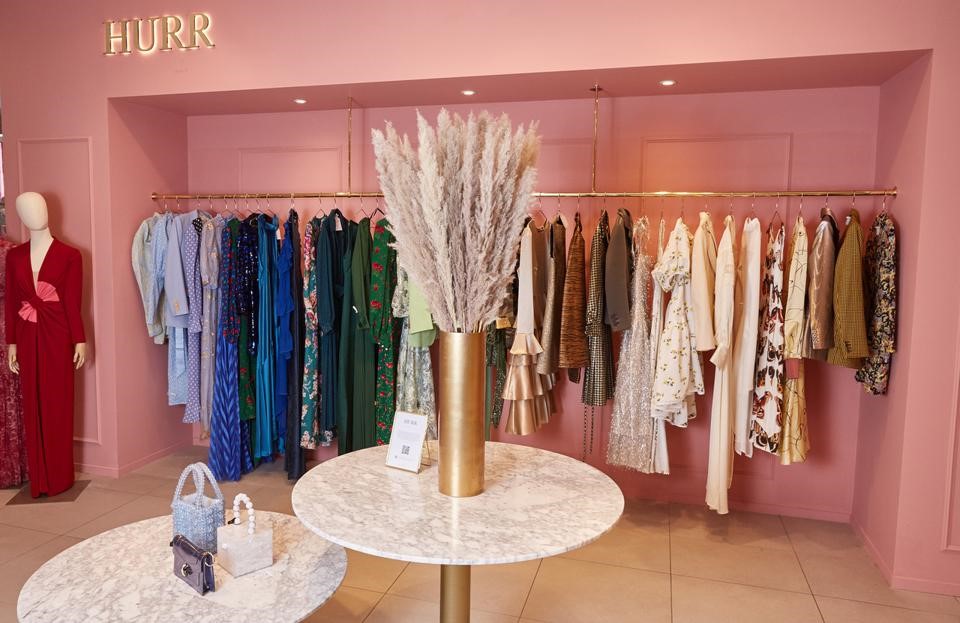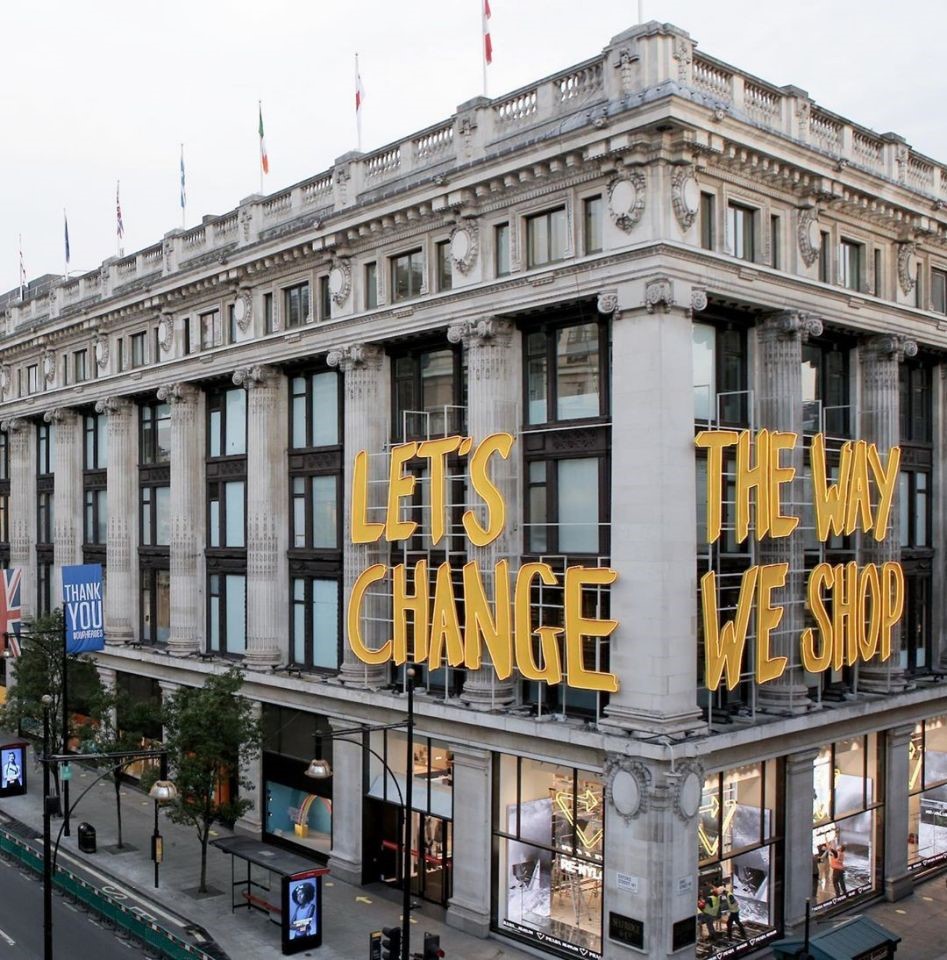Luxury rentals: For a guilt-free designer fix
Our thoughts on fast fashion may have changed but our desire to keep up with its ever-changing trends has not. Luckily for us, the rental market for clothes, shoes and accessories is booming.

For many years the fashion industry has been moving towards a crucial crossroad. As consumers, our engagement with technology has created an instantaneous need for the new which has been satisfied by fast-fashion trends. The issue with these trends is they’re over almost as quickly as they begin. Like most things, the clothing produced loses value from the moment they’re bought and thus, tend to stay put in the buyer’s wardrobe until they are either donated to charity or, mostly commonly, thrown away. As a result, in the UK 11 million items of clothing ends up in landfill each week, yet a further 35 million are bought.
Recognising that fashion is a major polluting industry, consumer attitudes have shifted to favour quality investment pieces for longer lasting wear. However, these tend to be more expensive than fast fashion items and the desire to keep up with frequently changing trends still remains. A solution to bridge this gap is rental fashion.
What is rental fashion?
Although it is not necessarily a new concept, with the opportunity to rent suits and dresses having been available for years; the inclusion of everyday clothing is a refreshing addition set to transform the industry.
Rental fashion tends to work on a subscription basis; for a monthly fee, customers can have access to a variety of designer or high street clothing for a fraction of the retail price. From office wear to fancy dresses, wardrobes everywhere stand the chance of constant revitalisation without breaking the bank.
This new way of shopping has been embraced by US markets since the opening of their leading rental platform, Rent the Runway, in 2009. In the UK, companies like HURR are hoping to transform our shopping habits to benefit both us and the environment.

Anticipating that a UK market might be harder to persuade, HURR provides a peer-to-peer service which allows users to both lend and rent clothes from each other rather than retailers. HURR’s mission is to “democratise luxury” by giving those who may not be able to afford a luxury price tag, the opportunity to be included in the luxury market. This also enables customers to have fun and experiment with their style, or even try out an item that they’ve been eyeing up before making the purchase. Renting clothes which will then be sent back for others to enjoy helps to “make fashion circular” which prevents clothes from ending up in landfill by extending their life-cycle.
Although it is an e-commerce company, to ease customers into the rental mindset, HURR launched their first ever pop-up shop in collaboration with Selfridges. The shop will debut the Selfridges Rental Collection which features 100 items from 40 of the store’s favourite brands. For six months, the stock will be rotated weekly and will include curated edits for events such as Valentine’s day.

A fad or the future?
We’ve seen consumer trends come and go but the shift towards sustainability is a movement influencing all aspects of our life; from what we eat, to what we wear. A pause in consumption caused by the coronavirus pandemic has allowed both retailers and consumers the chance to stop and rethink an industry that needs to change.
According to Allied Market Research, the rental fashion industry is expected to be worth $1.85 billion by 2023. In 2019, Rent the Runway was valued at over $1 billion and is evidence that a future for rental fashion is achievable. Past sharing platforms have also proved successful. Before companies like Airbnb and Uber became popular, we could never imagine sharing our ride to work or sleeping in a stranger’s house, but now we don’t think twice about it. In this way of life, the transition towards sharing our wardrobes seems inevitable and something we should embrace.
By Holly Johnson


